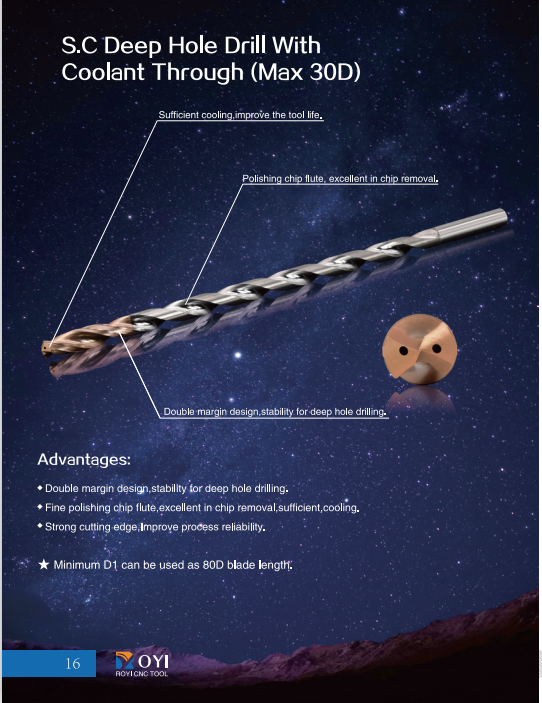Deep Hole Coolant Thorugh Drill
Advantages for the deep hole carbide drill:
1. Optimized groove geometry design. These cemented carbide deep hole drills have advanced groove geometry design to optimize chip removal from deep in a wide range of material holes;
2. The shape of Dahua coolant pipeline. In order to provide a better coolant supply to the cutting edge, the tool has a larger coolant pipe profile, which ensures an effective coolant supply to the cutting edge and chip removal;

Deep Hole Coolant Thorugh Drill,Coolant Fed Drill Bits,Customized Cutter,Through Spindle Coolant Drill Bits
ROYI CNC TOOL TAIXING CITY CO.,LTD , https://www.royitools.com